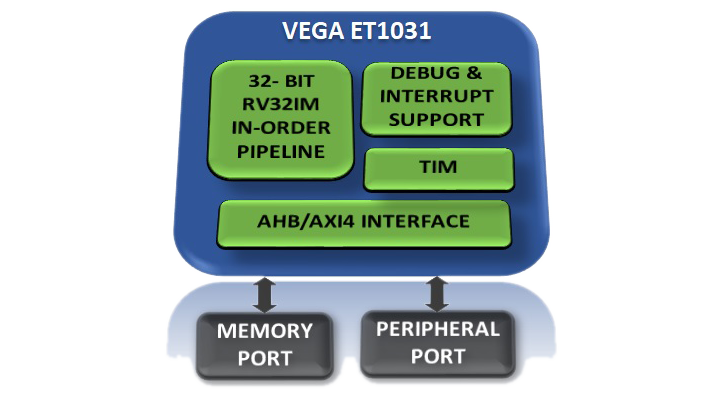
According to a recent report from The Register, India’s home-built RISC-V CPUs have launched to developers in the form of the Aries v3.0 development board, which boasts the Vega ET1031 RISC-V CPU. Before we start diving deeper into the specs, we should go ahead and clarify that the Aries v3.0 board is aimed at sensors, IoT devices, wearables, and other simple tech— not a full-blown PC by any means.
Now, let’s talk about those specs. The CPU is 32-bit and operates at up to 100 MHz, using only 256 KB of SRAM. This doesn’t come close to competing with modern Raspberry Pi solutions, but will probably be more than enough for the intended applications in IoT, toys, and so on. Some devices only need the most basic of processing.
As a fun thought exercise, though, let’s compare these CPU and RAM specs to 90s video game consoles. Now, the CPU architectures aren’t going to be directly comparable for many reasons, but the raw numbers make for an interesting comparison.
The Super Nintendo, launched in 1990, came with 128 KB of RAM and a 3.58 MHz 16-bit CPU. The Nintendo 64 launched in 1996 and came with a solid 4 MB of RAM and a clean 93.75 MHz, 64-bit CPU.
In terms of overall processing power, the Vega ET1031 might be stronger than the N64. It’s certainly leaps and bounds beyond the humble SNES, which couldn’t even push 4 MHz, much less 100.
But since these Vega ET1031 devices aren’t tailored for gaming or even basic PC use, the memory requirements are quite low. That 256 KB of RAM is twice the amount available in the SNES (only capable of 2D graphics), but a mere sixteenth of what’s needed to drive an N64, and that’s not counting the Expansion Pak.
For a full list of key features and intended applications for the Vega ET1031, check out its official page— though you won’t find much more info than what we’ve given here. Fortunately, none of the expected applications involve 3D graphics or more than the most basic display functionality, so the Vega ET1031 should still work well in those niches.
Overall, Aries v3.0 seems to be a positive step forward for India’s initiative to push into semiconductors. Way back in 2019, we covered India’s first RISC-V Shakti processors, which are still being iterated upon today as higher-end alternatives to their Vega chips. In the time since 2019, RISC-V has only grown as an open alternative, with a forecast of more than 16 billion license-fee-free RISC-V chips on the market by 2030.






